Description
Eurasian Eagle Owl for sale
Owls are fascinating birds known for their distinctive features, extraordinary adaptations, and nocturnal habits. Here’s a detailed overview of owls:
Physical Characteristics:
- Unique Appearance: Owls have rounded heads, large forward-facing eyes, and flat faces, which contribute to their exceptional night vision. Their eyes are fixed in their sockets, so they can turn their heads up to 270 degrees to see around them.
- Size: Owls vary significantly in size depending on the species. They can range from the small elf owl (about 5-6 inches in height) to the large Eurasian eagle owl (up to 28 inches in height).
- Owls are a diverse group of birds, with over 200 species distributed across different families. Here are some notable types of owls categorized by their families and distinctive characteristics:
1. True Owls (Strigidae)
This family includes the majority of owl species.
- Great Horned Owl (Bubo virginianus ):
- Size: One of the largest owls in North America.
- Color: Mottled brown and tawny feathers with distinctive ear tufts.
- Habitat: Found in various habitats, including forests, grasslands, and urban areas.
- Eastern Screech Owl (Megascops asio ):
- Size: Small owl, about 6-10 inches long.
- Color: Comes in gray and red morphs.
- Habitat: Prefers wooded areas near water sources.
- Barn Owl (Tyto alba ):
- Size: Medium-sized with a heart-shaped face.
- Color: Light-colored body with dark spots.
- Habitat: Found in open fields, farmlands, and near human settlements. Known for its silent flight.
- Barred Owl (Strix varia ):
- Size: Medium to large, about 16-25 inches long.
- Color: Brown and white with horizontal bars on its body.
- Habitat: Prefers mature forests and swamps.
2. Barn Owls (Tytonidae)
Includes the well-known barn owl and its relatives.
- Barn Owl (Tyto alba ):
- Description: Recognizable by its unique heart-shaped facial disc. Known for its quiet hunting and preference for open fields.
- Habitat: Widespread throughout the world, often roosting in barns or old buildings.
3. Grass Owls
Grass owls are found in specific habitats and have adaptations for hunting in open grasslands.
- Striated Owl (Asio stygius ):
- Description: Found in South and Central America, known for its distinctive yellow eyes and mottled plumage.
4. Fish Owls
Species within this group primarily hunt fish and are often found near water bodies.
- Blakiston’s Fish Owl (Bubo blakistoni ):
- Size: One of the largest owl species, native to eastern Russia, Japan, and parts of China.
- Description: Known for its size and distinctive tufted ears. Lives near rivers and streams.
5. Snowy Owl (Bubo scandiacus )
- Habitat: Found in the Arctic regions, particularly in tundra areas.
- Description: Recognized for its striking white plumage with dark spots. This species is well adapted to cold environments.
6. Pygmy Owls
These small owls are characterized by their diminutive size and round shape.
- Northern Pygmy Owl (Glaucidium californicum ):
- Size: Very small, about 6-8 inches in length.
- Habitat: Prefers coniferous and mixed forests in western North America.
Conclusion
Owls are diverse creatures adapted to various ecological niches across the globe. Each species has unique features, behaviors, and habitats that contribute to their roles in ecosystems. Their nocturnal habits and hunting skills make them fascinating subjects for study and observation.
- Great Horned Owl (Bubo virginianus ):

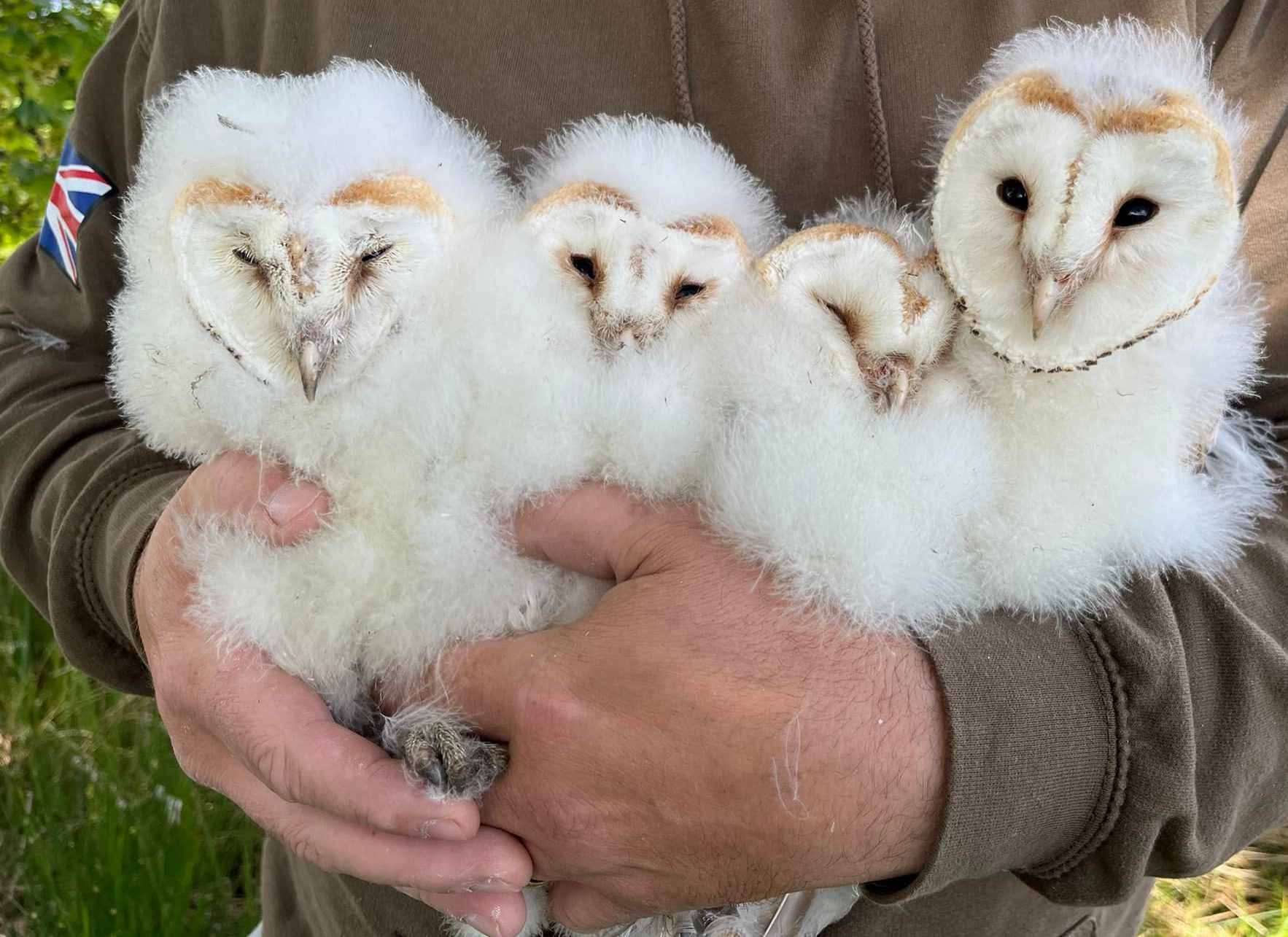
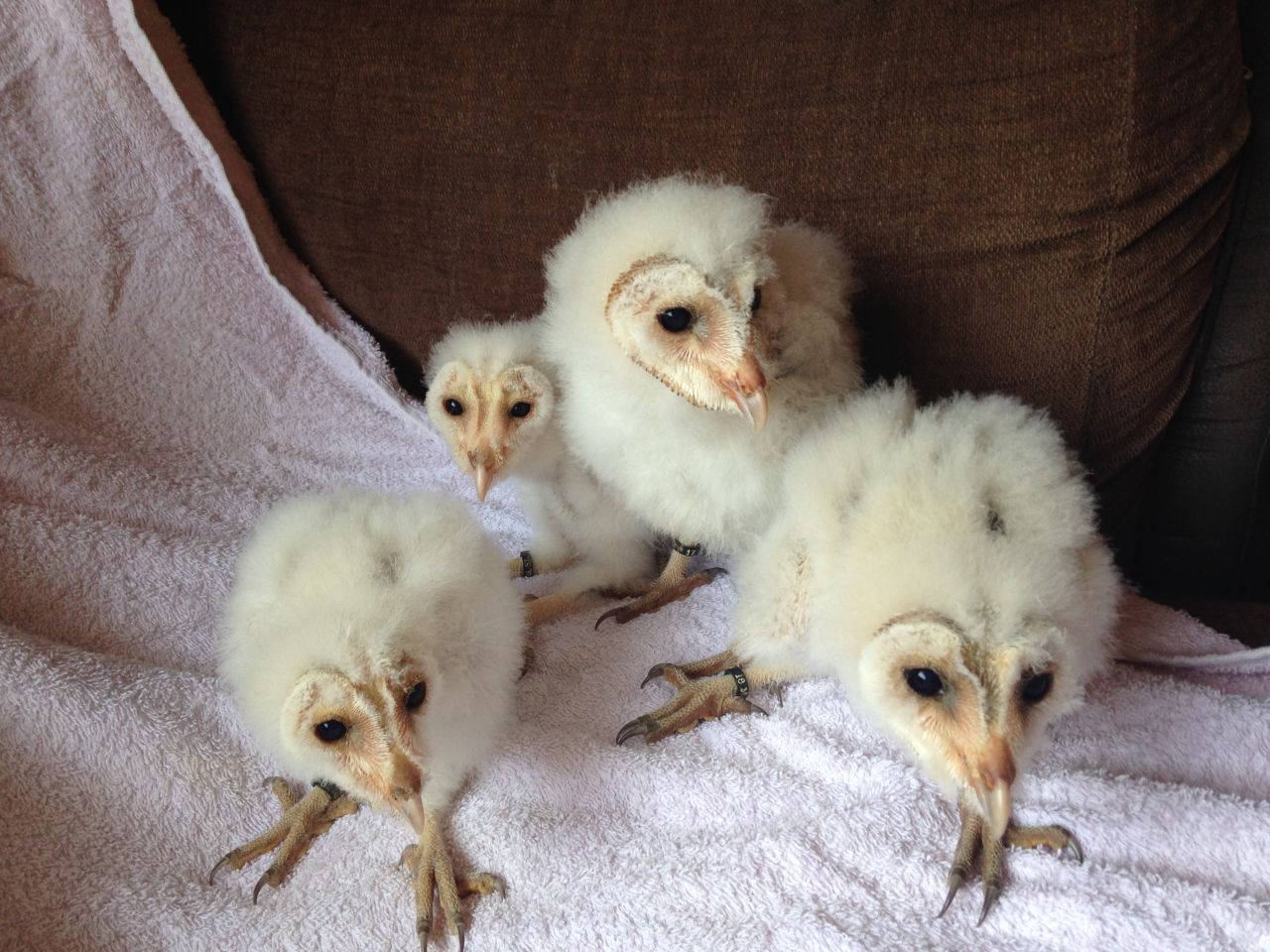

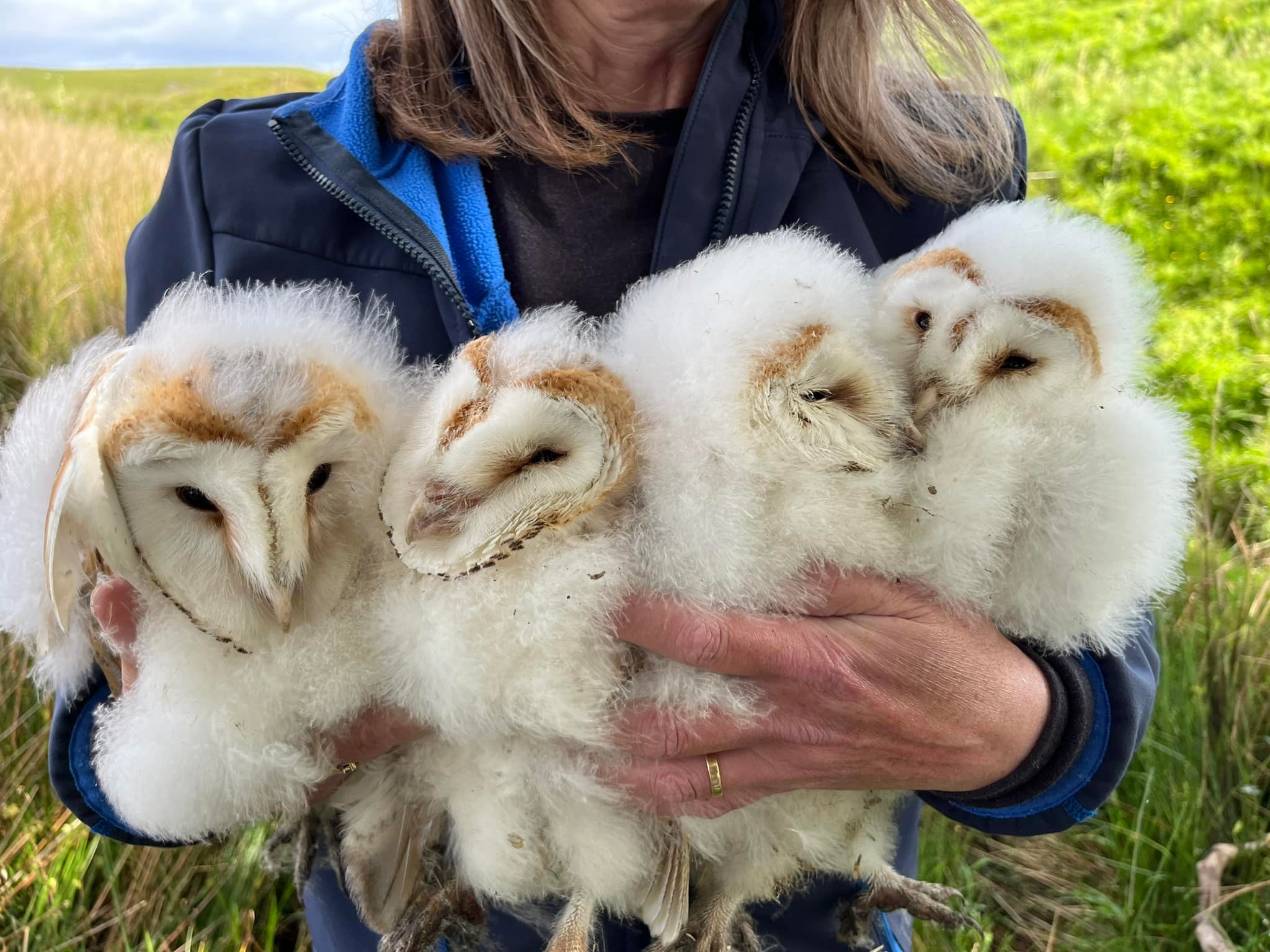






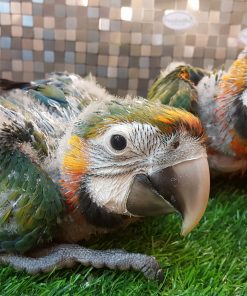
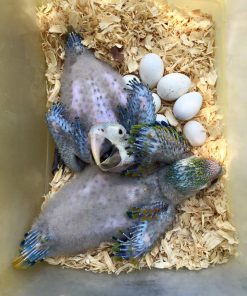

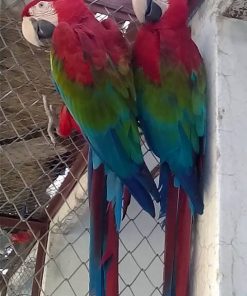
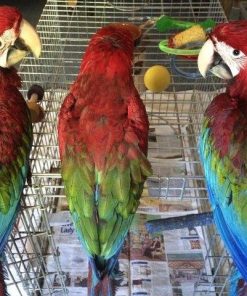
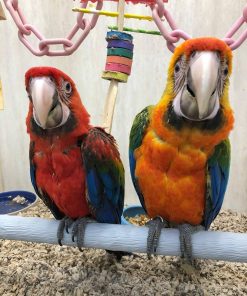
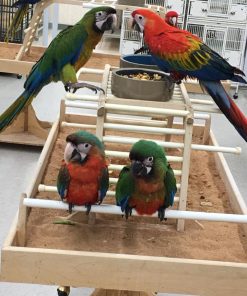
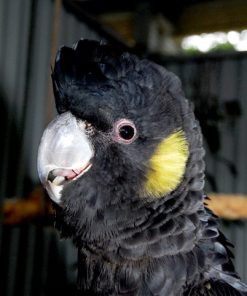
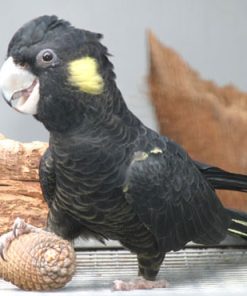

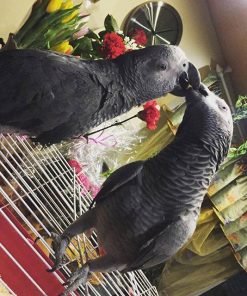



Kristine –
Love the way they look
Kristine –
Love the way they look always wanted one
Kris –
Always loved how they look
Kris –
beautiful bird would love to have one
Kris –
beautiful bird would love to have one my wife loves them